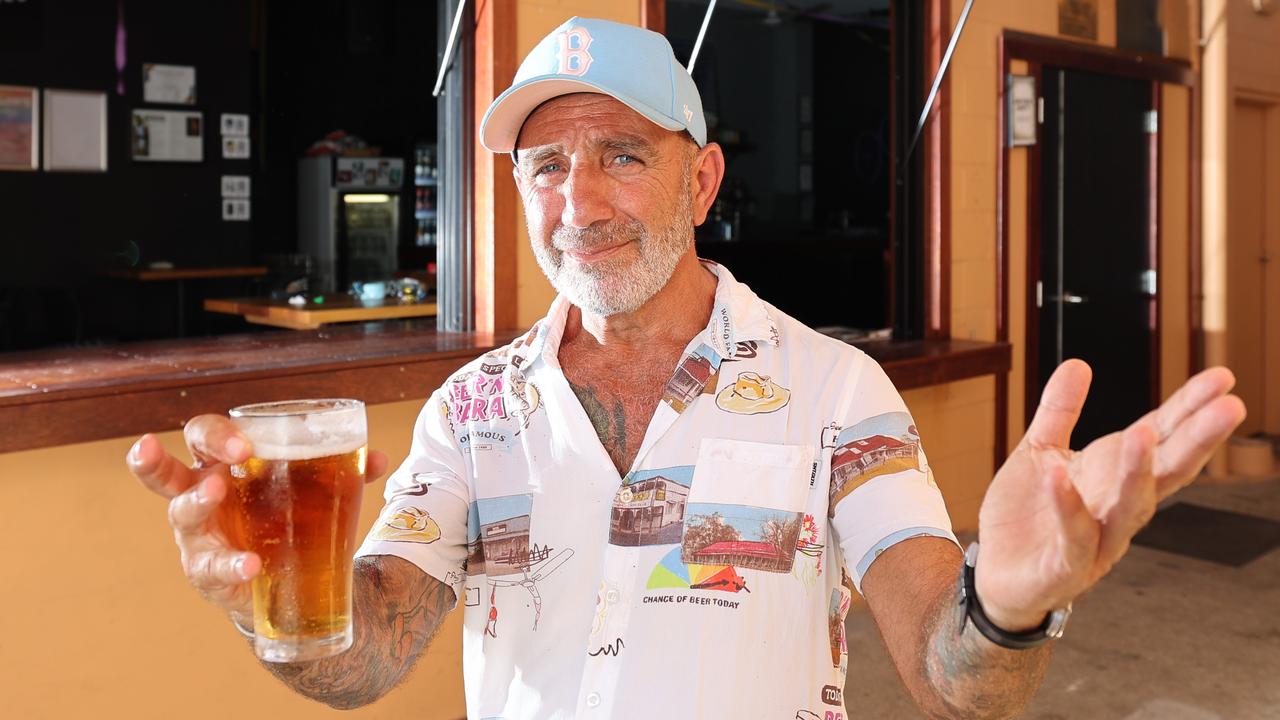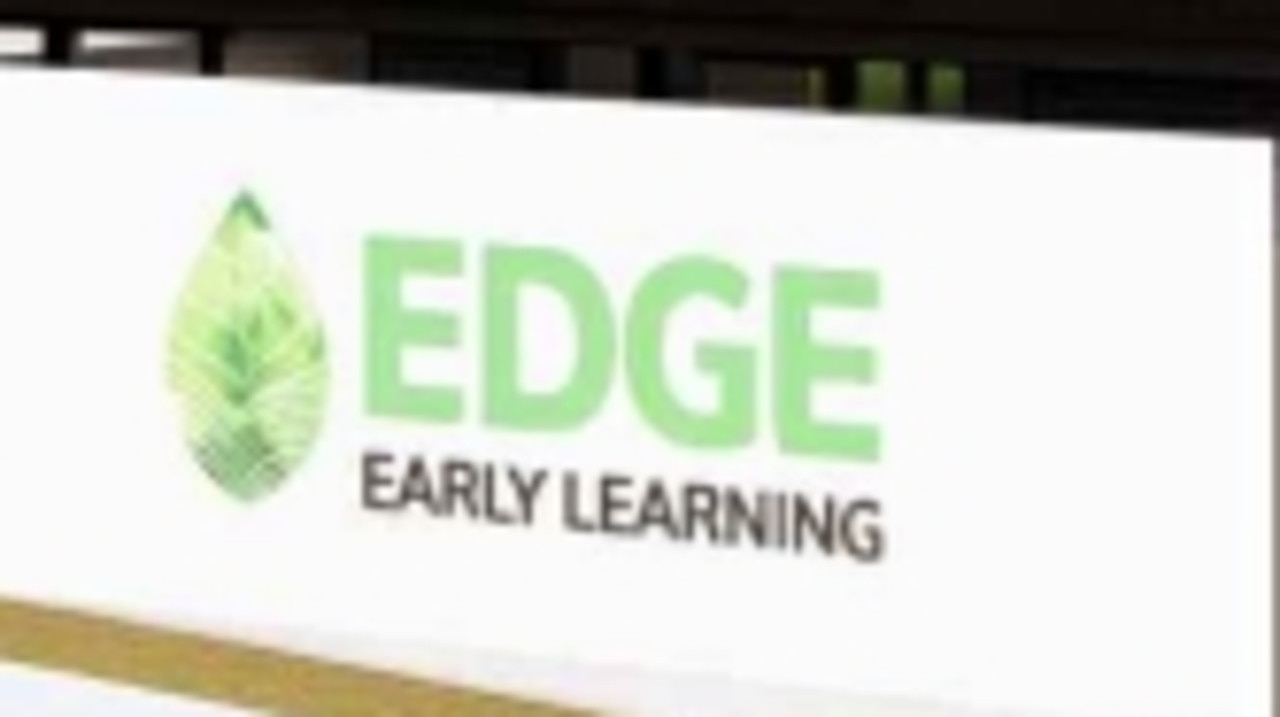State Government continues to hide which Gold Coast buildings contain flammable cladding
GOLD Coast highrise residents have no way of knowing whether their homes contain the same flammable material implicated in this week’s fatal Grenfell Tower fire in London.

Gold Coast
Don't miss out on the headlines from Gold Coast. Followed categories will be added to My News.
GOLD Coast highrise residents have no way of knowing whether their homes contain the same flammable material implicated in this week’s fatal Grenfell Tower fire in London.
Thousands of commercial buildings, shopping centres, car dealerships and residential highrise buildings feature external aluminium cladding — but builders say without lab testing it is virtually impossible to tell whether it has a flammable polyethylene core.
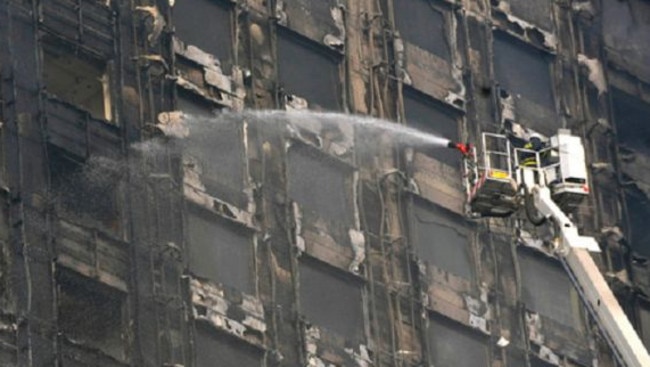
The Gold Coast Bulletin revealed 18 months ago that two highrises were clad with the sheets, but Queensland’s Building and Construction Commission will not reveal which ones due to “privacy reasons”.
They have since been deemed safe but the commission yesterday could not say how many other buildings could be affected because they’re not investigating.
“Currently, no other Gold Coast buildings are under investigation for nonconforming cladding issues,” a statement from the commission said.
Cladding with a polyethylene core — including Chinese brand Alucobest — can be up to $35/sqm cheaper than products with fire-treated mineral or honeycomb aluminium cores.
Its import and use is not illegal, but it is against the National Construction Code to use it in most multistorey buildings.
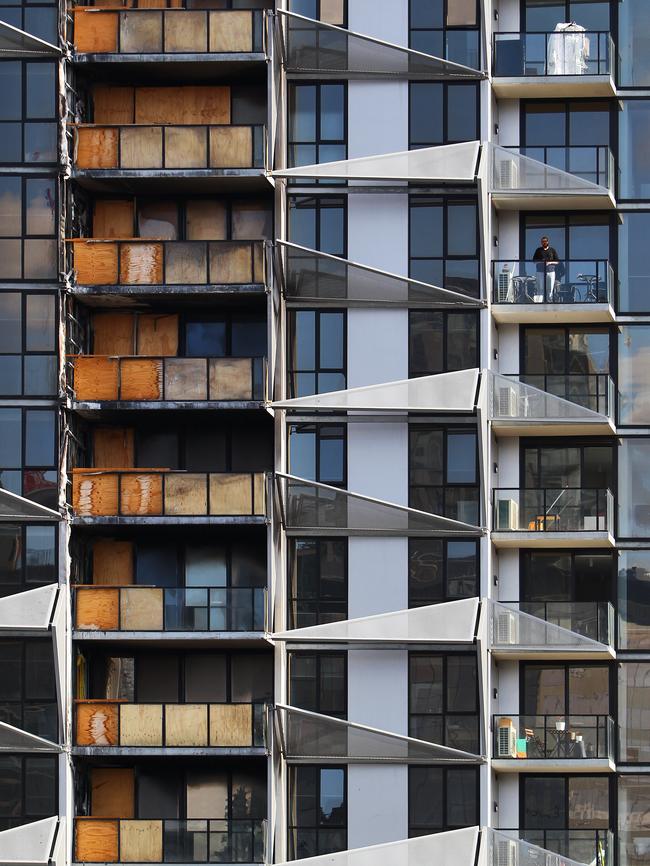
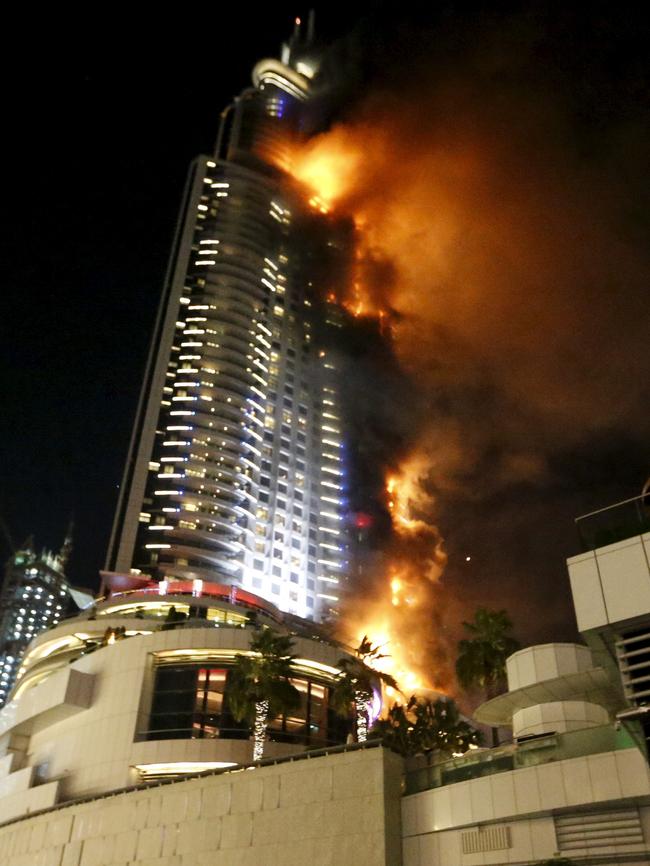
A senate inquiry was set up in 2015 after fire roared up a Melbourne apartment building in just 11 minutes, forcing the evacuation of all 400 residents and causing $5 million damage.
The inquiry received more than 140 submissions but was stalled after repeated extensions and a Federal election.
The QBCC set up a Building and Construction Product Committee in 2015, specifically to investigate reports of nonconforming and non-compliant building products.
Yesterday, it would not reveal how many reports it had received about Gold Coast projects or what the results had been.
Housing Minister Mick de Brenni has tabled new laws that would spread responsibility for dodgy products along the supply chain and create a $120,000 penalty for use of unsuitable materials. Currently there is no fine and legal responsibility rests solely with the installing contractors.
The Gold Coast head of a major construction company yesterday said most builders were aware of the dangers of Alucobest and did not use it.
He said building certifiers could not tell whether cladding was compliant and relied on the document trail to suppliers.
“It would be very difficult, even for anyone in our industry, to tell the difference between the cladding. You put them up next to each other and you can’t tell the difference. You would have to get a sample and send it away for testing.”
Master Builders Association Queensland CEO Paul Bidwell said there was “no way” for a resident to tell whether their building was clad with flammable material.
“Part of the challenge is that, after it’s installed, it becomes difficult, even for the experts to tell,” he said.
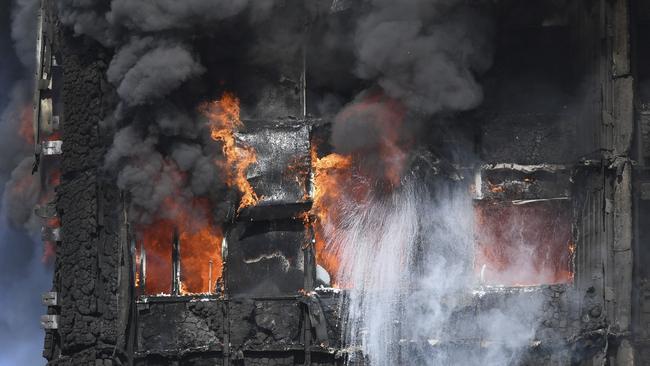
Mr Bidwell welcomed the proposed Queensland laws to spread responsibility to suppliers.
Fire Protection Association of Australia deputy CEO Matthew Wright said there was no way of knowing how many Gold Coast buildings had the flammable cladding, but that an audit of 170 buildings in Victoria revealed 51 per cent contained it.
“That’s alarming when you’re talking about one building material in thousands of elements of a building,” he said.
If people have concerns about their building, Mr Wright said they should talk to their building managers and have an effective fire escape plan.
“Don’t expect the fire brigade to come in and get you because they’ll have trouble too.”

